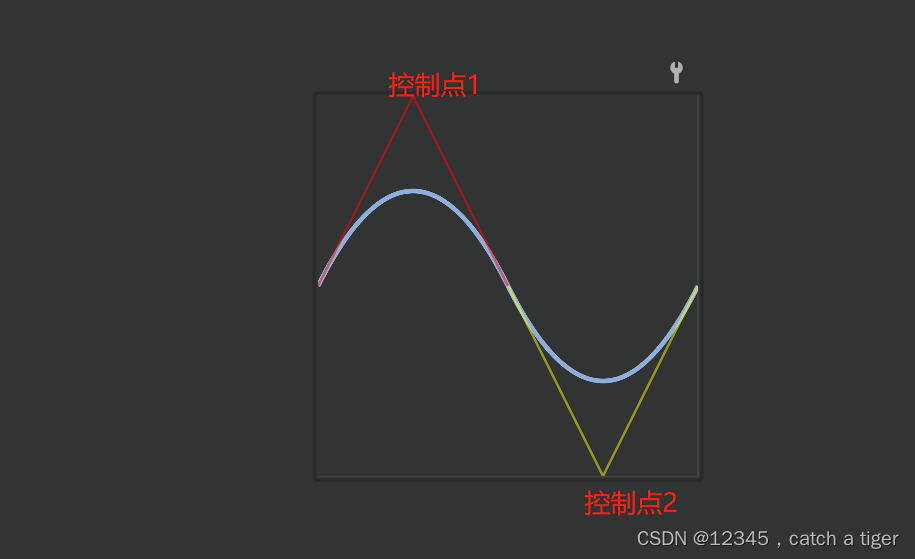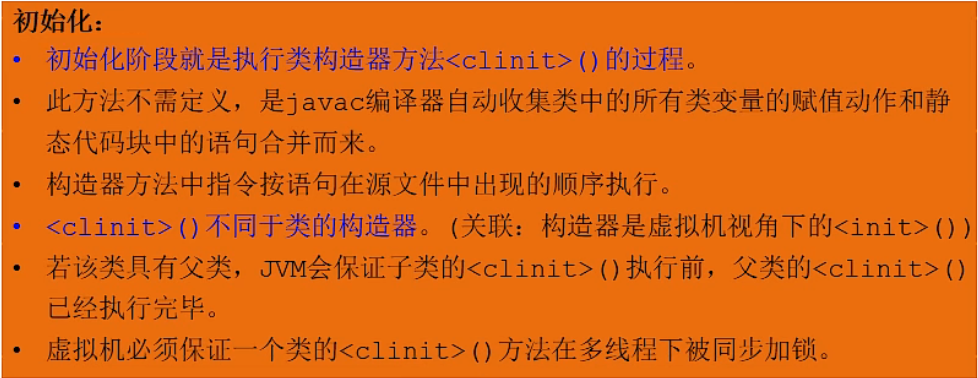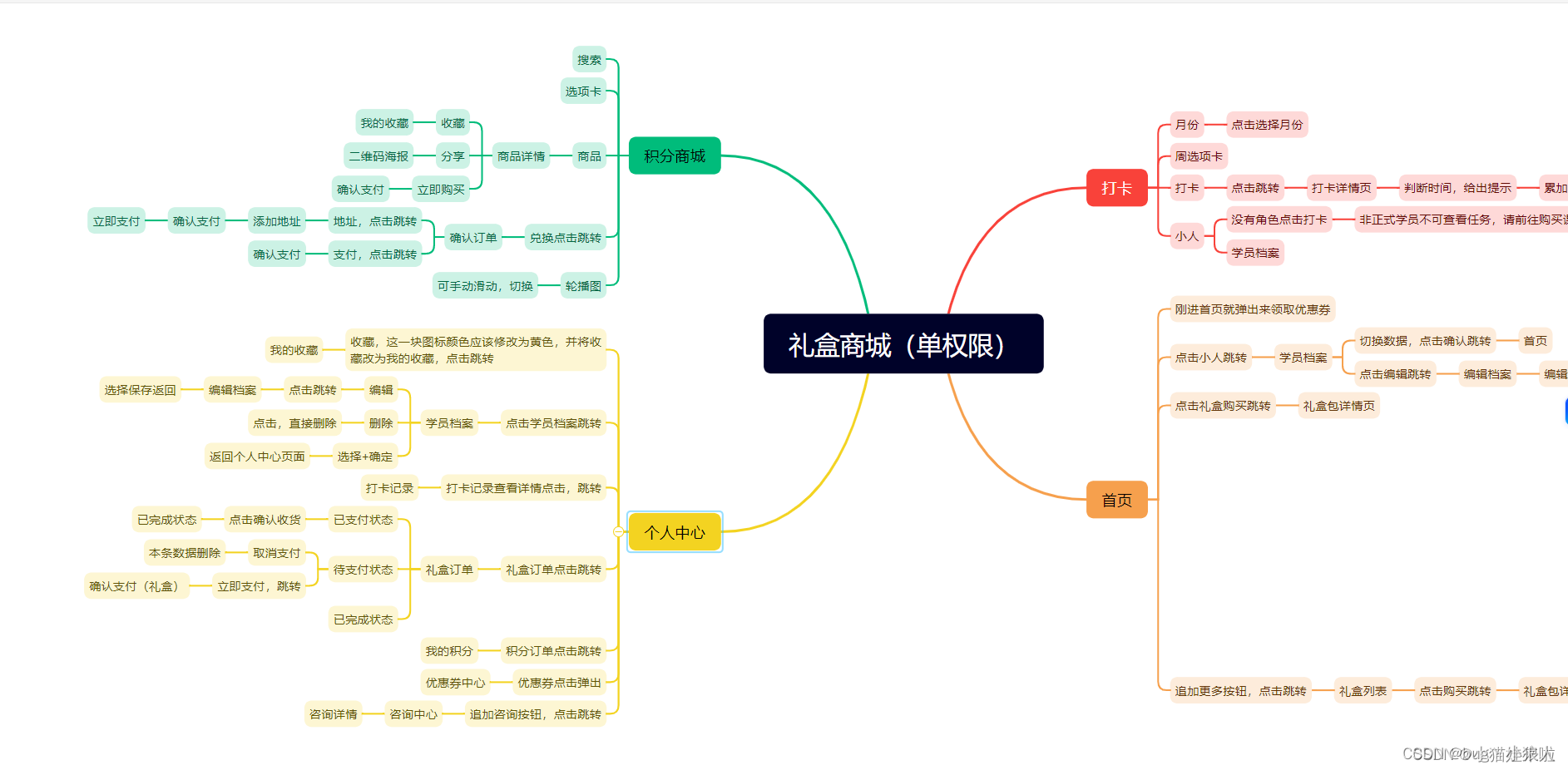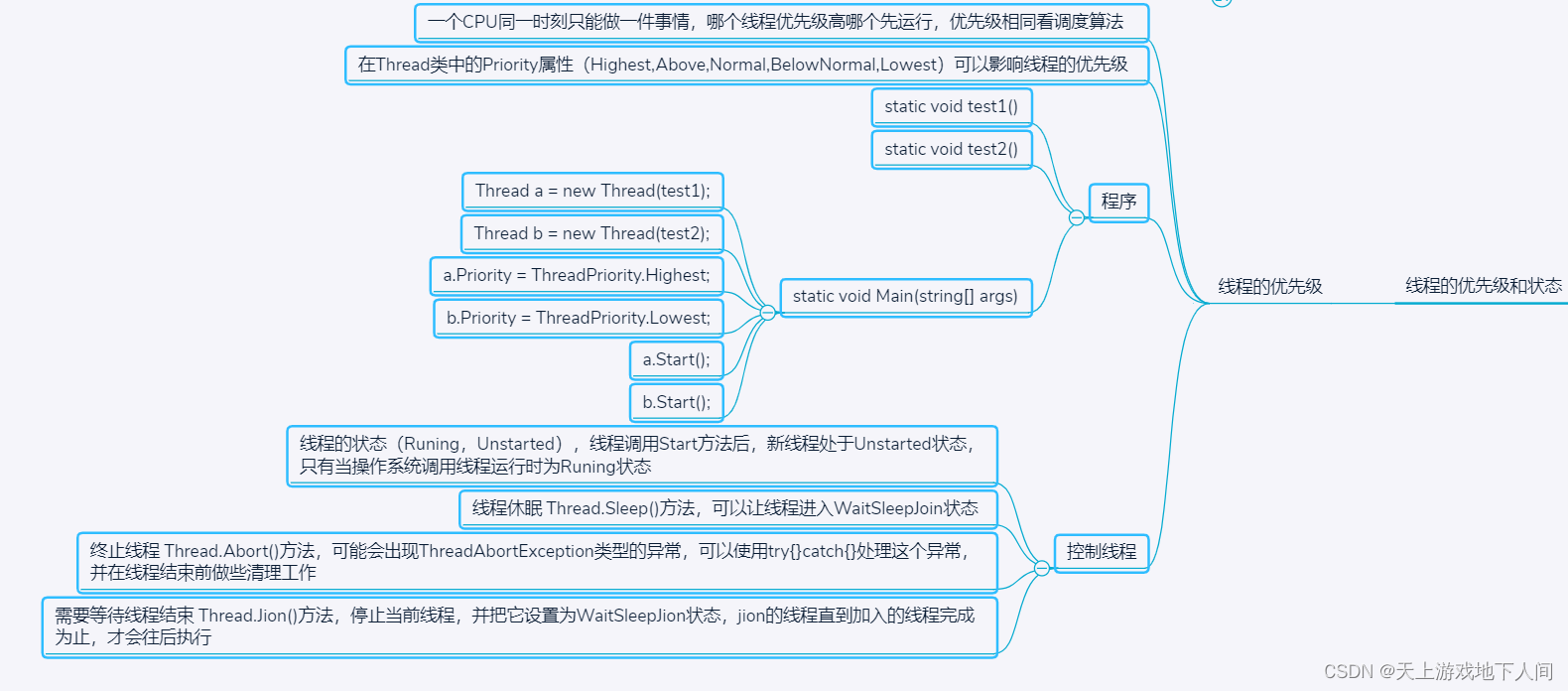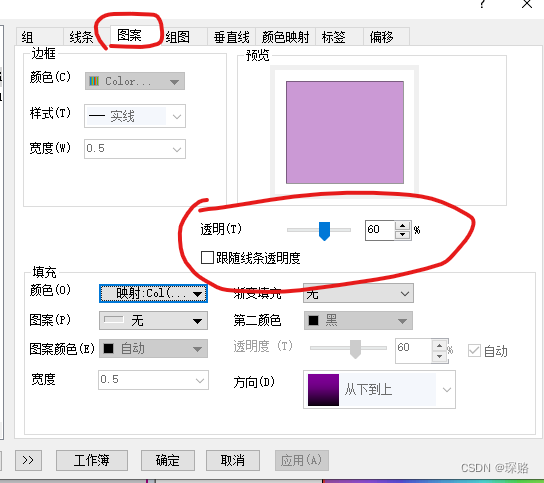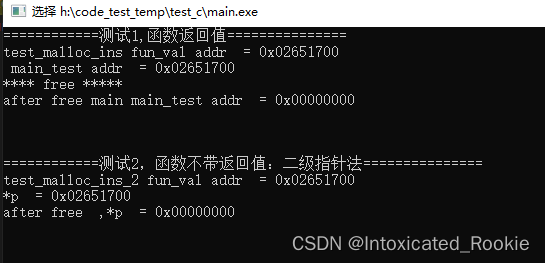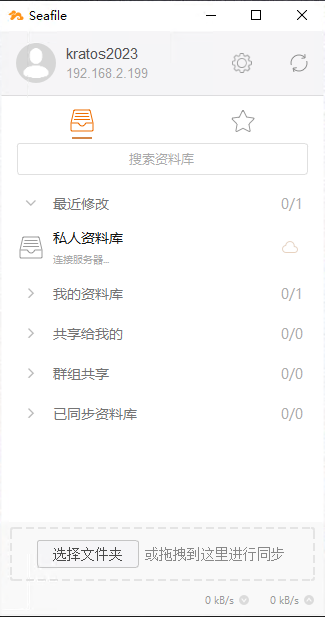
属性介绍
$nextTick 是 Vue.js 中的一个重要方法,之前我们也说过$ref 等一些重要的属性,这次我们说$nextTick,$nextTick用于在 DOM 更新后执行回调函数。它通常用于处理 DOM 更新后的操作,因为 Vue 在更新 DOM 后不会立即触发回调函数,而是将回调函数放入队列中,在下一个 tick(即 DOM 更新周期)之后执行,这样可以确保在 DOM 更新完成后执行相关操作,避免了访问尚未更新的 DOM 元素的问题。
以下是关于 $nextTick 的使用几个相关的例子,给大家做一个具体的演示
基本用法
// 在一个 Vue 实例方法中使用 $nextTick
this.$nextTick(function () {// 在 DOM 更新后执行的代码
})
示例1:修改数据后操作 DOM
<template><div><p>{{ message }}</p><button @click="updateMessage">更新消息</button></div>
</template><script>
export default {data() {return {message: '初始消息'}},methods: {updateMessage() {this.message = '新消息'// 使用 $nextTick 来确保 DOM 已经更新后再执行操作this.$nextTick(function () {// 在 DOM 更新后操作 DOM 元素this.$el.querySelector('p').style.color = 'red'})}}
}
</script>
在这个例子中,当点击按钮更新消息时,message 的值会改变,然后我们使用 $nextTick 来确保在修改 DOM 元素颜色之前,Vue 已经完成了 DOM 的更新。
示例2:在 v-for 循环中使用 $nextTick
<template><div><ul><li v-for="item in items" :key="item.id">{{ item.name }}</li></ul><button @click="addItem">添加新项</button></div>
</template><script>
export default {data() {return {items: []}},methods: {addItem() {const newItem = { id: Date.now(), name: '新项' }this.items.push(newItem)// 使用 $nextTick 来确保 DOM 已经更新后再执行操作this.$nextTick(function () {// 在 DOM 更新后操作新添加的项const newItemElement = this.$el.querySelector(`li[key="${newItem.id}"]`)if (newItemElement) {newItemElement.style.fontWeight = 'bold'}})}}
}
</script>
在这个例子中,我们通过点击按钮向列表中添加新项。在添加新项后,我们使用 $nextTick 来确保新项的 DOM 元素已经渲染,然后修改其样式。
示例3:在 Watcher 中使用 $nextTick
<template><div><p>{{ message }}</p><input v-model="message" /></div>
</template><script>
export default {data() {return {message: '初始消息'}},watch: {message(newValue, oldValue) {// 在 Watcher 中使用 $nextTick 来确保 DOM 已经更新后再执行操作this.$nextTick(function () {// 在 DOM 更新后执行操作console.log(`消息从 "${oldValue}" 更新为 "${newValue}"`)})}}
}
</script>
在这个例子中,我们通过 Watcher 监听 message 的变化,然后在 Watcher 中使用 $nextTick 来确保在 DOM 更新后执行操作,以捕捉新值和旧值的变化。
总之,$nextTick 是一个在 Vue.js 中用于处理 DOM 更新后执行操作的重要方法,可以确保在 DOM 更新周期之后执行回调函数,从而避免与尚未更新的 DOM 元素交互的问题。在实际开发中,它通常用于解决与 DOM 操作相关的异步问题。
